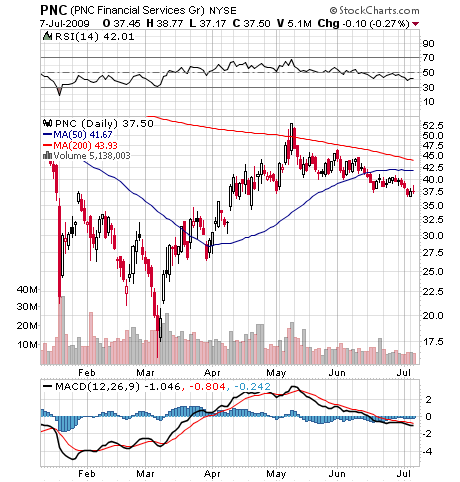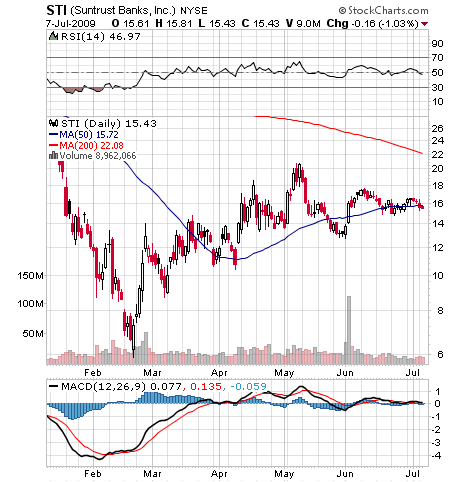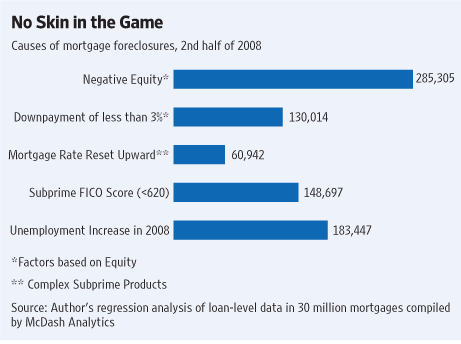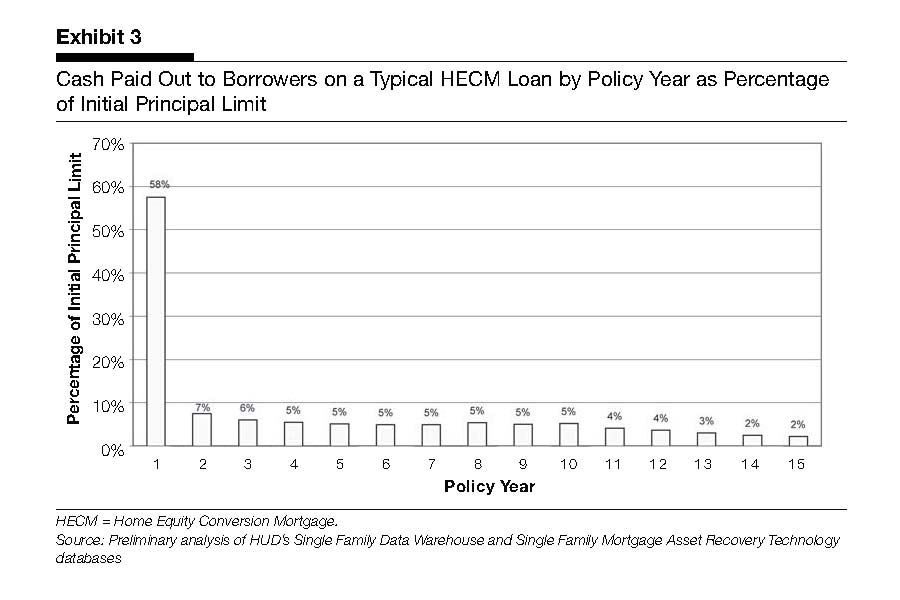Bank Have Enough Bad Assets
Yesterday, a group of major banks, including Bank of America, Citigroup, JP Morgan and Wells Fargo, said that they would stop accepting California IOU’s. The State of California, virtually out of cash, has been issuing IOU’s, known officially as “individual registered warrants” to creditors in lieu of cash. The State has promised to pay IOU holders 3.75% interest when the warrants mature on October 2.
With Fitch Ratings dropping California’s debt rating to BBB junk status, it is understandable that the banks do not want to cash the IOU’s. Allowing warrant holders to cash in their IOU’s would effectively transfer the credit risk of the IOU’s to the banks. Most major banks already have a mountain of non performing assets and, understandably, do not wish to add California IOUs to the list.
The reality of the situation is that California has already defaulted since they have reneged on their obligations to creditors. I wonder what the State of California’s reaction will be when their citizens adopt the State’s method of bill payment and start sending in IOU’s instead of cash for tax payments due? Many of California’s citizen have been placed in a horrendous financial situation by California’s “spend and borrow until we are bankrupt” policies. If the banks won’t cash in the IOU’s, why would an average citizen or business want the IOU’s? The IOU’s won’t pay for your groceries or rent and they can’t be converted to cash – what does that say about faith in California’s “promises to pay tomorrow what is due today”?
FDIC Issues Statement On California IOU’s
The FDIC today issued the following statement to its member banks regarding the credit worthiness of California’s IOU’s.
California Registered Warrants
Interagency Statement
| Summary: | The federal financial institution regulatory agencies are jointly issuing the attached supervisory guidance for financial institutions regarding the regulatory capital treatment for registered warrants issued by the State of California as payment for certain obligations. |
Highlights:
- The Attorney General of the State of California has opined that the registered warrants that the State is issuing as a form of payment for certain of its obligations are valid and binding obligations of the State.
- The banking agencies’ risk-based capital standards permit a banking organization to risk weight general obligation claims on a state at 20 percent. These warrants, which are general obligations of the State, would, therefore, be eligible for the 20 percent risk weight for risk-based capital purposes.
- Banks should exercise the same prudent judgment and sound risk management practices with respect to the registered warrants as they would with any other obligation of a state.
It would guess that the FDIC’s statement on the soundness of California’s IOU’s was more politically motivated than financially inspired. If this is all the support that California is going to get from the Federal Government, the citizens of California have much to be concerned about.
The FDIC is telling the banks that the risk of the California’s warrants is the same as any other state issued general obligation debt. Nice try, but apparently, the biggest banks in the country, as well as the credit rating agencies, are not buying this line. If the banks won’t cash the IOU’s and you can’t spend them, they are effectively worthless today. Those stuck with California IOU’s may be in for a long wait before they can be cashed in.
Disclosures: None












